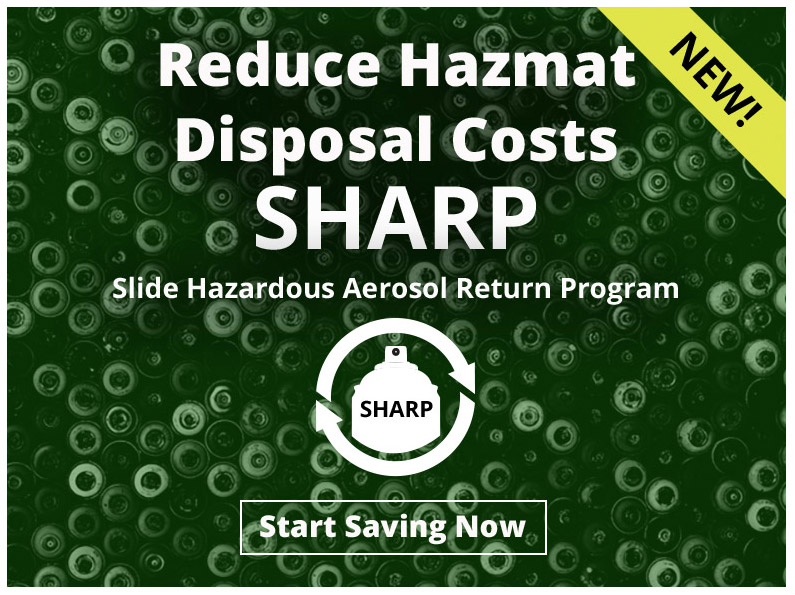March 21st, 2022
Slide will be presenting a series of Best Practices documents to assist our customers in getting the most from a variety of products used in the plastics molding industry. This is the first in the series for Mold Release Agents.
Selecting the best mold release formulation for your molding needs is certainly more science than art. Below is a list of the most relevant questions to ask when choosing your mold release product.
- Are you molding parts that will filter into the food or medical market? If so, a food-grade or NSF-certified formulation should be considered.
- Are you molding parts that will be painted or otherwise decorated post molding? If so, you should search for and use a mold release formulation classified as “paintable”.
- Will your molded parts be used in finished products that carry a UL certification? If so, your customer may require that only UL-recognized items be used to create those parts.
- Do your molds contain difficult geometries that result in parts having a deep draw? Or are your parts otherwise difficult to remove from the mold? If so, a mold release formulation containing higher percentages of the active release ingredient may be required.
- Would an aerosol mold release formulation be preferred, or would a liquid/bulk mixture be best suited for your mold release application preferences?
Once the appropriate mold release is selected, proper application and evaluation of that mold release formulation is essential.
- While it may seem contrary to human nature, less is often better when it comes to mold release application. Less mold release applied to the tool surface can minimize the chance of the release material burning or building up on the mold cavity.
- Applying mold release less frequently reduces the amount of time the machine is not running, thus increasing efficiency and profitability.
- Less mold release on the tool surface can reduce the possibility of the part being contaminated with release oils, thus reducing the risk of a part needing to be cleaned.
- Slide recommends that a mold release formulation be applied from a distance of 8-12 inches (20-30 cm) from the mold surface by using a sweeping action that ensures complete and uniform coverage of both the core and cavity sides of the mold. Special attention and extra release can be applied to problem areas where sticking is more common.
- If spraying the entire mold, apply mold release in a consistent pattern starting at the top and working left to right as you move down the mold. You are looking to apply a consistent coating, not a heavy or wet looking pattern. More is not always better.
- When evaluating a mold release, it is critical that you start with a clean mold surface. A mold cleaner formulation should be used to strip and clean the entire mold cavity before the new mold release is applied and trialed.
- Most mold release formulations are classified as sacrificial formulations, meaning that some of the release oil will transfer from the mold cavity onto the part. This results in reduced releasability over time. When this occurs, additional mold release will need to be applied to the mold surface.
- Molders should test their mold release and determine how many parts can be molded before reapplication is needed. There is a bit of trial and error involved with the proper evaluation of any mold release product. Ideally, a mold release should be reapplied a cycle or two before the parts would be expected to start sticking inside the mold cavity.
- Depending on many factors, mold release may need to be applied to the mold anywhere from every cycle to perhaps as infrequently as once a day.
- The proper evaluation of a mold release involves taking the total number of parts that can be molded when using one release formulation and dividing it by the cost of that can. This calculation can help determine the added cost per part of using a particular release formulation. In Slide’s 70 years of experience helping molders, we have seen many instances when the cheapest product to buy actually turned out to be the most expensive to use.
Slide Products manufactures a wide variety of mold release agents and sprays, including those designated for use the medical and food industries. Additionally, through our Top Tier Service program, we offer our team’s years of expertise to facilitate consultation, assessments, field support, on-site training and free product samples. Contact us to learn more about how we can assist with your plastics molding operation.




